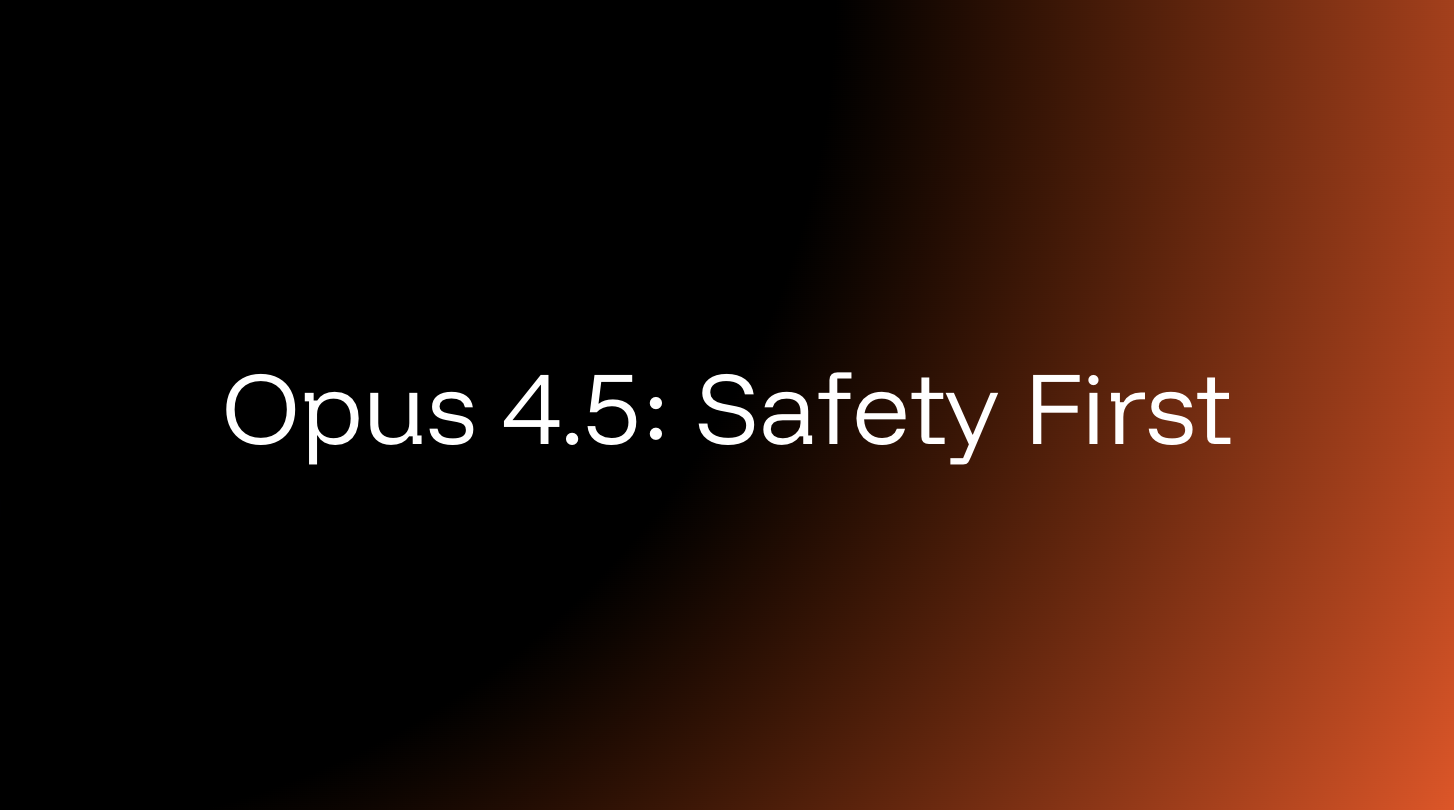I’ve had a front-row seat to every phase of AI-assisted software development. The early days were intoxicating. A new model would drop, engineers would swarm to test it, and the internet would fill with “prompt recipes,” clever hacks, and elaborate phrasing guides designed to coax better output from the machine.
It felt like alchemy.
But here’s the quiet truth that the industry is now whispering — and soon will be saying out loud: prompt engineering is already obsolete.
Not because prompts are useless, but because prompts were never built for engineering in the first place. They were a convenient interface during the experimentation phase. They were never meant to govern complex system development.
Prompts Are Ambiguous by Design
Prompts are free-form text.
Free-form text creates infinite interpretation.
Infinite interpretation creates inconsistent behavior.
This is fine for writing poems.
It is catastrophic for writing software.
When building enterprise systems with millions of lines of interconnected logic, a single hallucinated assumption, a misinterpreted requirement, or a model-generated shortcut can ripple across services with real financial consequences.
Organizations aren’t rejecting AI — they’re rejecting fragility.
Spec-Driven Engineering Restores Discipline
When you replace prompts with structured specifications, something powerful happens: AI stops behaving like an overeager intern and starts behaving like a seasoned engineer following a clear blueprint.
A specification forces precision.
Precision forces stability.
Stability forces repeatability.
And repeatability is the lifeblood of scaling AI in real engineering teams.
Specifications articulate intent in a way that AI can follow across iterations, across refactors, and across teams. They carry memory, constraints, and expectations in a way prompts never can.
Why Prompt Engineering Had to Die
The decline of prompting was inevitable. As models gained capabilities, teams rediscovered the same truth engineers have always known: clarity beats cleverness. A prompt might get you something interesting. A specification gets you something correct.
Prompt engineering required developers to:
- remember obscure phrasing tricks
- discover their own hacks
- constantly adjust wording
- guess why the model drifted
- reverse-engineer its mistakes
This burden grows with the complexity of the system.
And complexity is the norm in modern engineering.
Specs remove the burden entirely. They create an environment where AI output is judgeable, traceable, reviewable, and auditable — all critical for real engineering organizations.
AI Engineering Is Becoming Systemic
With the rise of multi-agent workflows, CI/CD-native automation, multi-repo analysis, model switching, and autonomous verification, the nature of AI-assisted development has changed. Teams no longer interact with models in a single-shot fashion. AI is now part of the engineering cycle — not a toy bolted on the side of it.
This shift makes clear communication essential.
A specification is that communication.
It tells AI what to build.
It tells it how the output will be tested.
It tells it what constraints matter.
It defines the boundaries of acceptable behavior.
It provides the logic for multi-agent collaboration.
Prompt engineering cannot accomplish any of this because prompts are ephemeral; they vanish after each request. Specifications persist. They evolve. They become shared organizational knowledge.
Where This All Leads
Software teams that once believed they needed to become prompt whisperers are now discovering a more powerful truth: they need to become spec architects. It is specification — not prompt phrasing — that determines the reliability of AI-assisted software delivery.
Prompt engineering is giving way to something far more mature and far more aligned with the decades of engineering wisdom we’ve already accumulated: a discipline that treats AI not as a novelty, but as a co-engineer who needs direction, guardrails, and clarity.
The Verdict
We are transitioning from magic tricks to engineering principles.
From vibes to systems.
From prompting to specifying.
Spec-Driven Engineering doesn’t just solve the inconsistencies of prompting — it unlocks the next level of AI-assisted development: scalable, predictable, enterprise-grade engineering execution.
Prompt engineering had its moment.
Spec-Driven Engineering will define the next few years.
.jpeg)


